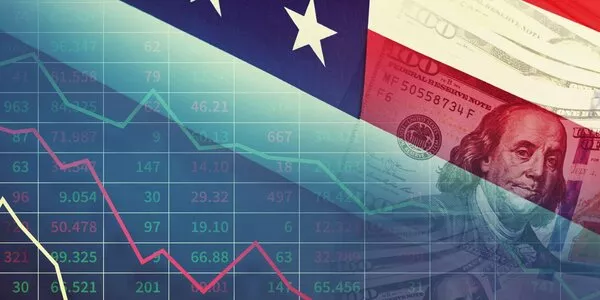
Weekly Update - Ça y est, l’inflation baisse ! Mais prenons garde à la persistance des tensions sous-jacentes
Inflation reached 40 year highs across developed economies in 2022, prompting the world's leading central banks to clamp down hard on monetary policy. Now, the year-end inflation figures seem to show light at the end of the tunnel, suggesting that, at long last, we are over the peak. But we think it will be some time before central banks are confident about the future path of prices.
Why is inflation coming down? In the United States, headline and underlying (i.e. ex food and energy) inflation have been falling for some months and hit 6.5% and 5.7% in December, respectively. In the euro zone, only headline inflation has so far started to fall, to 9.2% in December, while underlying inflation is still on the up, at 5.2%. The declines are explained by a fading out of both the main drivers of inflation in 2021. The first was the squeeze on supply chains caused by Covid, as rocketing demand tried to suck goods through production systems disrupted by Covid lockdowns. The second was post-Covid demand for energy, which sent prices spiralling, an effect massively exacerbated by the Ukraine war. Both these inflationary forces are now on the wane. The distortion of consumer demand toward goods, a hangover from Covid, is gradually fading away and production chains are now returning to normal. On the energy front, prices are now easing on both sides of the Atlantic.
Underlying inflation will take time to fall back The price shock in 2021/22 has turned out to be so severe and so long-lasting that it has infected the whole economy, producing the phenomenon known as “sticky” inflation. First, price pressures have spilled out into all goods and services, keeping underlying inflation high. Second, labour markets remain tight, allowing workers to demand inflation-matching pay rises. The resulting wage-price spiral – although far from universal – also tends to make inflation stickier. We conclude that inflation should continue to ease, but its stickiness means it will be some time before central banks can get back near their 2% target.
Keep a close eye on central bank statements Financial markets have responded enthusiastically to better inflation figures since the start of the year. Long-term interest rates have come down, with the T-bond and bund both dropping over 30 bp. Equity markets have rallied, particularly in the euro zone. But we counsel caution: central banks could easily curb this enthusiasm with a fresh round of hawkish comments about future monetary policy.
Dans lesévénements marquants de la semaine, nous avons choisi d'évoquer les réflexions de l'instauration d'un Fonds Souverain Européen en réaction à l'"Inflation Reduction Act" américain ainsi qu'un focus sur la fin de la politique zéro-covid en Chine.
Lire l'intégralité de l'article




